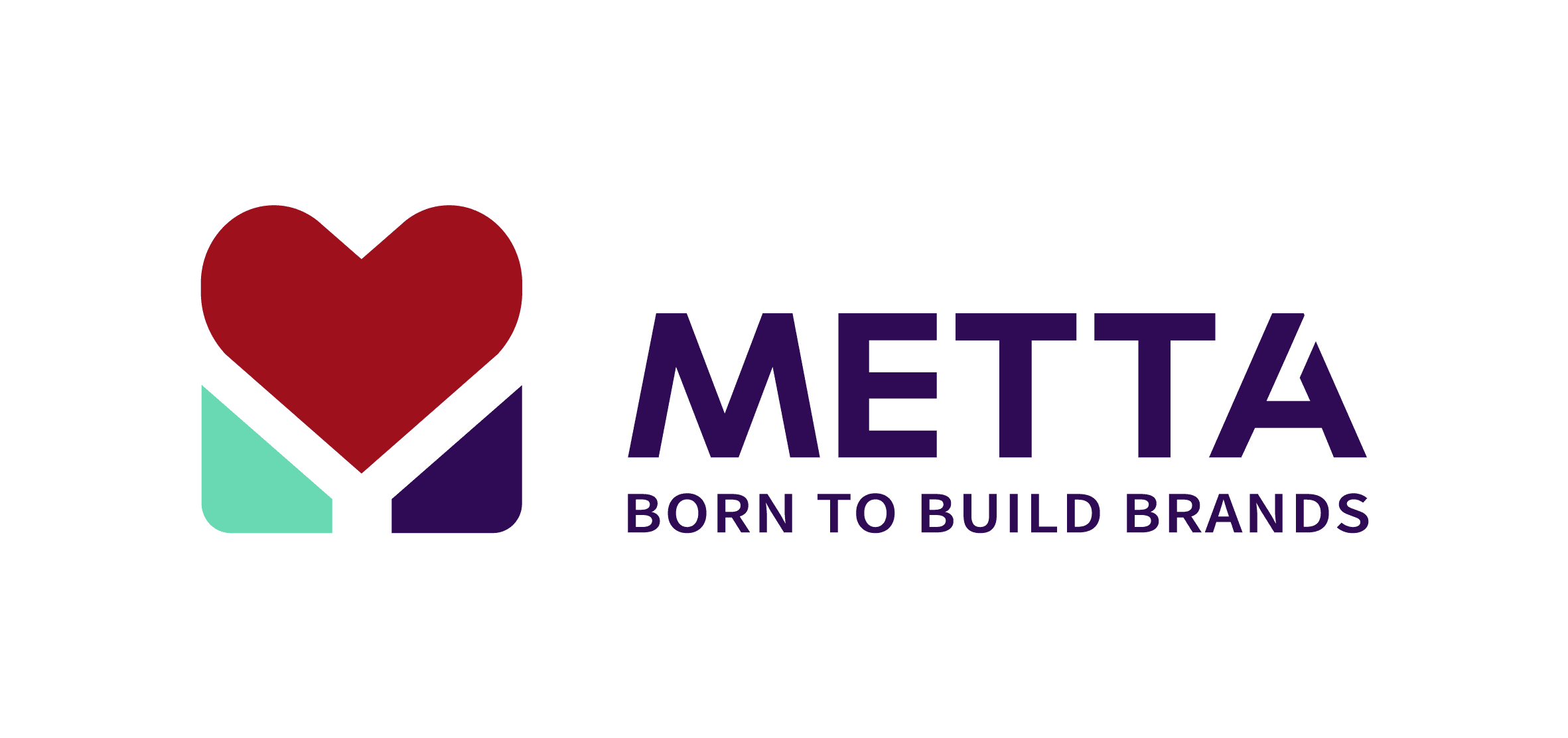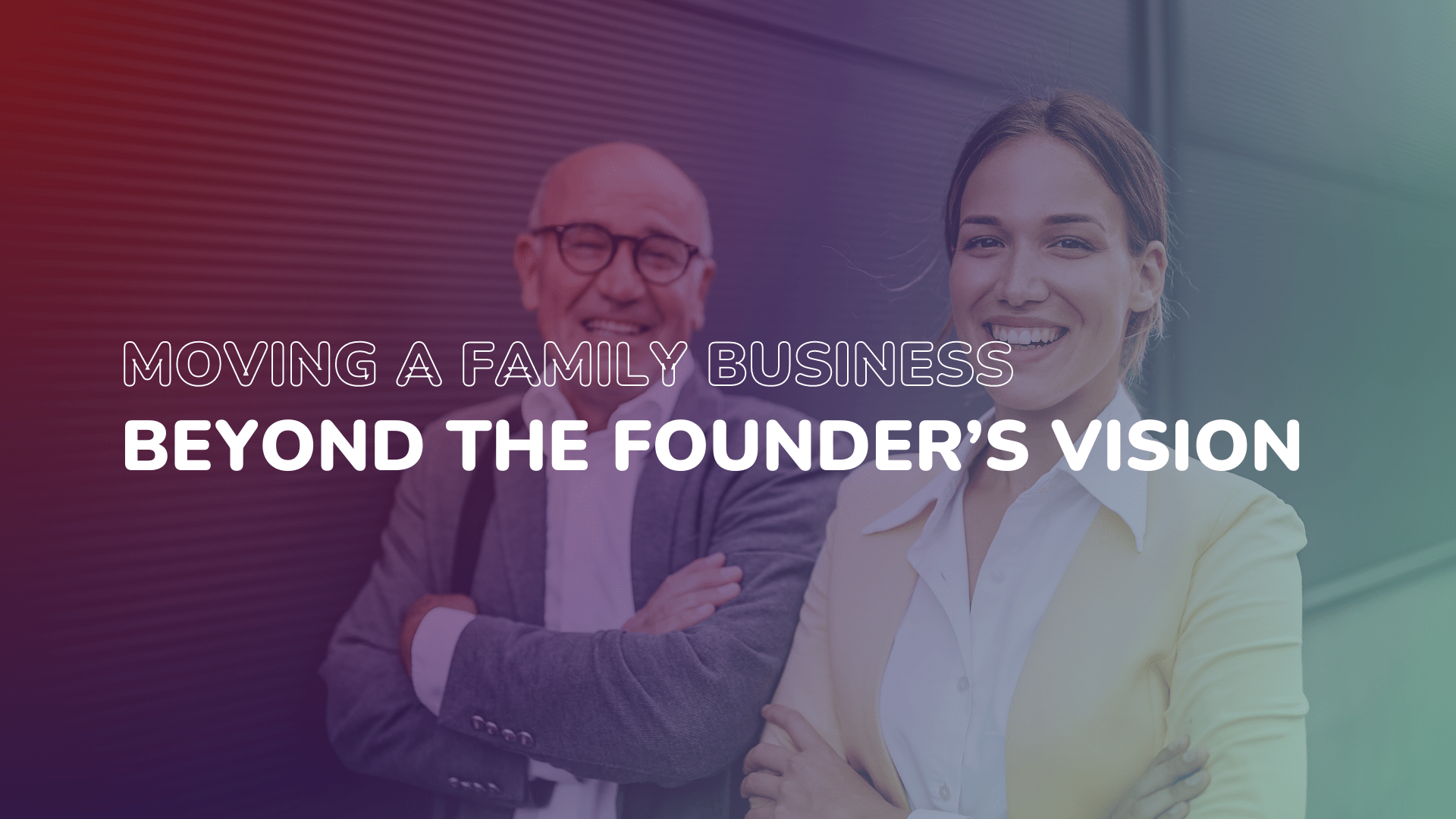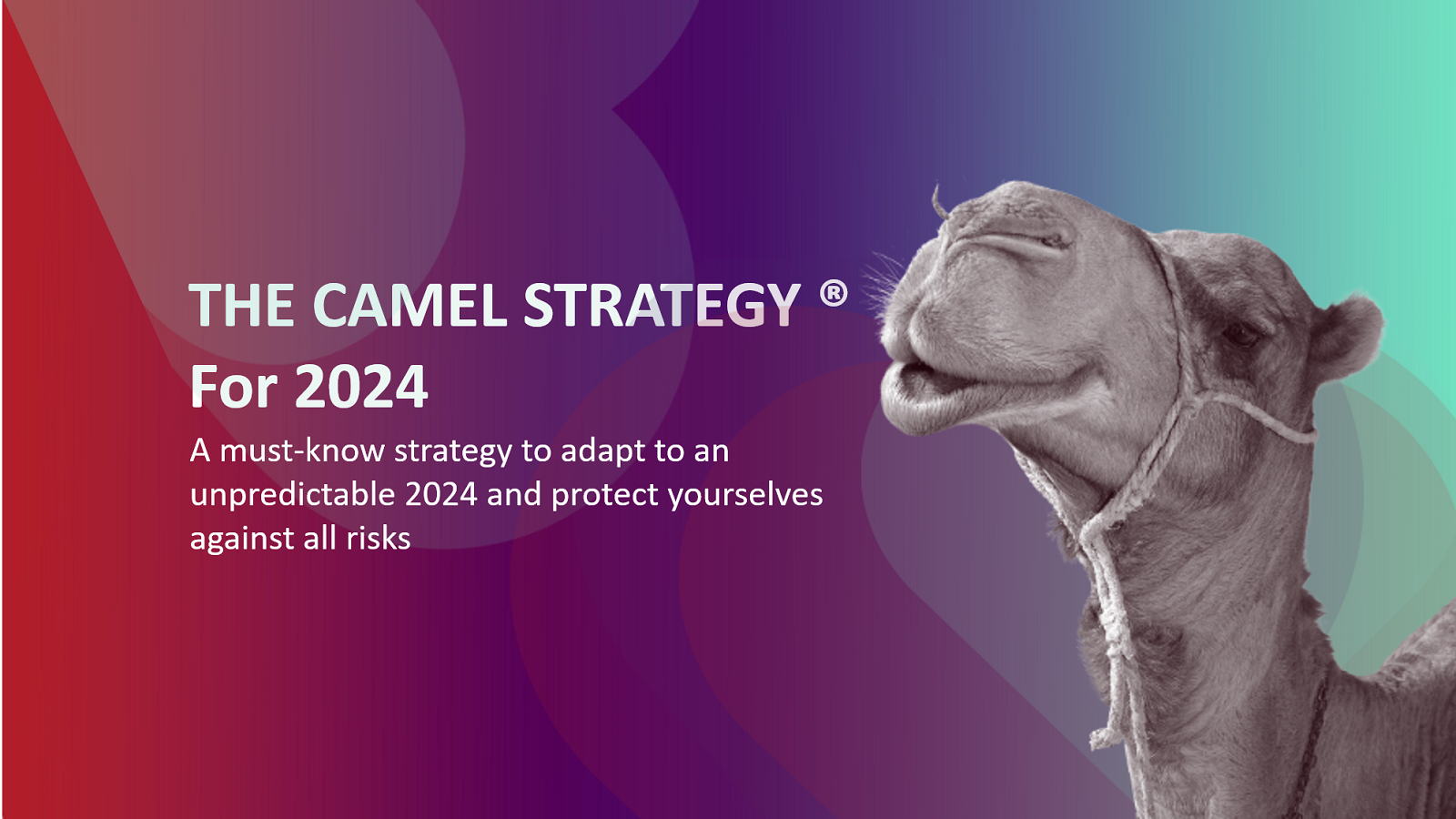Moving a Family Business Beyond the Founder’s Vision
To sustain a long-term family enterprise, it’s clear that having a founder who builds a great business is only the first step. As the legacy business and the entrepreneurial leadership of the founding generation gives way to the next generation, the business enters a transition to a new era where there are several related family owners, who often need to create a path to reconsider what business they are in, which goals to develop, and how they will do that. They must redefine the business and develop new opportunities for a new era. This transition requires members of the second and third generation to become entrepreneurs and pioneers in their own right. Their leadership is often less visible than that of the founder, but no less important.
Many entrepreneurs generate a huge amount of wealth that they want to pass on to their children and grandchildren. They are not yet a family business, but they want to become one. They want to see the wealth used wisely, and their business and investments to continue to add value. But the mindset that led to their success often undermines how open they are to the changes needed to continue business into a second generation. It’s the next-generation dilemma: How do succeeding generations preserve the founder’s legacy and continue to build a thriving family enterprise?
Business founders often fall into common traps that inhibit their continued success:
- They become so confident in their own superpowers that they stop listening to others.
- They feel that they are the only one who knows how to run the business, so they are not willing to step down or let go.
- They expect growth to continue and do not anticipate major change.
- They want to find a successor just like them, who will run the business like they did.
- They seek advisors, executives, and even family members who do not challenge them.
- They want their children to repeat their journey of “making it on their own”.
- They assume that being ready for the future is to continue things as they were, because, after all, they have been hugely successful.
This poses a huge problem for members of the next generation, who often see that major business changes are needed. While the elders have been growing the business, the rising generation has often been learning, traveling, working for other businesses, discovering new opportunities and possibilities, and taking active steps to prepare themselves to step into the business. They have much to offer, but founder behavior can be frustrating and can lead them to feel that their voice is not taken seriously. When they clearly see the need for innovation, how do they overcome their elder’s avoidance and reluctance?
Building a Resilient Family Business
Best practices for managing a company that will endure.
As an example, a family I worked with had developed a huge real estate portfolio under the leadership of their now 80-year-old entrepreneurial father. Four of his seven offspring, in their 40s and 50s, worked in the business, but did not feel they were able to talk about new directions, while others worked elsewhere, sometimes in related fields. They knew the business, and their relationships, needed work. They wanted to meet to consider how they would work together after their father passed, but he gave them the message that they should not. Were they children, who had to obey their powerful and successful father? They decided to meet anyway and informed their father. They considered renewing the business, new acquisitions, how much liquidity they wanted in their lives, environmental concerns, and the impact of their buildings on their small city. They were content to wait for their father to pass, but they wanted to prepare for the major changes they felt were needed in how they did business.
I interviewed older and younger family member from 100 large, global family enterprises that thrived past their third generations, asking them: “What did you do to overcome these founder tendencies? How did you set the business on a new course?” The successful families understood that their company would not just continue to grow, so they had to consider whether it was time to sell the legacy business or start new ventures. The elders may not have been ready, willing, or able to do this, but it had to happen. Cross-generational success depends on first overcoming this obstacle.
How could they accomplish this? These successful enterprises had a unique resource — one that does not exist in non-family businesses: their rising generation. This generation — that grew up in the shadow of the founder and expects to inherit ownership and leadership — often has no formal power, but they do have moral power and influence. They typically find ways to step up and persuade the elders, and the family, to change.
When I asked these families who was responsible for their most consequential changes, they reported that two-thirds of the changes originated from the members of rising generations, who took initiative and garnered the support of their parents. Many families reported that a major shift in their family culture took place in their second or third generation, a transition from success at a single business to a multi-faceted collaboration that included diversification, significant innovation, and redefinition of the business. Typically, the family continued as a shared entity, but the business itself took a very different form. This huge shift came not from above, but largely at the initiation of the younger generation.
To sustain a long-term family enterprise, it’s clear that having a founder who builds a great business is only the first step. Successful families need a second transformation, when the second and third generation redefine the business and develop new opportunities. Unlike the founding generation, their reality is that they need to cooperate and develop a structure to work together to seek and develop multiple opportunities. The challenges that come with doing so are often not fully understood by the founder, so successive generations need to either gain the support of the first-generation owner or develop on their own to prepare for their succession.
My research found that the rising generation typically did not wait for permission; they took initiative. After all, it was not a problem for the founder, it was their problem: How could they continue the legacy they inherited? They got together and acted, stewarding major changes. As millennials or members of Gen Z, they grew up in a digital and connected world, receiving an education that was far more extensive than their elders. They looked to the future and shared concerns about what needed to change in their business, and how the family could work together to enact the changes they saw as necessary.
Three structural innovations, in particular, enabled their shift from simply continuing what had been successful in the past, to preparing and looking ahead for how to meet future challenges:
Active engagement with the business.
The new generation must be informed and engaged with the business. If they expect to become owners, whether or not they work in the business, they have to be prepared to exercise oversight as responsible owners. This begins with the sharing of information, but the sharing must be active, and communication must be a two-way street. Transition and change cannot proceed unless everyone is informed about what is happening. As prospective owners, they want more than financial information; they want to know about values, policies, practices, strategic goals, capabilities, and threats on the horizon.
Active learning can take several forms: young family members, while not ready to join the board of directors as full members, may be invited to be board observers. This is like an apprenticeship, where they can meet and learn from family and non-family board members and become familiar with the challenges facing their legacy business and their other shared ventures. Other families create what they call a “Junior Board” that meets regularly with key executives to learn about current business challenges. One Junior Board took on a current problem each year and came up with a report of their recommendations for addressing it. Many of their ideas became major innovations. These opportunities offered a way for young family members to propose ESG and sustainability values that they felt should be embedded in the business.
Mentoring and development programs, with clear criteria for governance roles.
To become leaders, young family members must develop their capability. The family must invest in their development and offer them opportunities to use their learning. In the example above, young family members were encouraged to develop their skills with coaching, assessment, and educational programs paid for by the family. Becoming owners of a successful business, and inheriting the family wealth that came with it, brought huge responsibilities that made it prudent for each family member to develop business skills and to consider taking a role in family governance; they could not be passive bystanders.
Business and family governance roles were defined clearly, as were qualifications and methods of selection. Family members were invited to prepare to take on these roles, and the family had a clear plan for bringing the next generation in. All of this was part of an active family-based education and development program.
The creation of a family bank.
Family businesses often have investment funds, and many of the young family members I interviewed were able to participate in decisions about construction of the portfolio, for example, to reflect ESG values. Also, there was a process for family members to bring business ideas, and even their own ventures, to the family. As some families sold their legacy business and became investment families, the younger generation was entrusted with taking the family into new investment opportunities. In some families, the older generation tended to the legacy business, while the rising generation became social investors. This opportunity was offered with appropriate checks and balances, often involving non-family advisors to help make sure the efforts succeeded. Young family members could access the family wealth for entrepreneurial ideas, but they were also held accountable for how it was used.
As the legacy business and the entrepreneurial leadership of the founding generation gives way to a new generation, they enter a transition from having a single leader with a thriving business to a new era where there are several related family owners, and often need to create a path to reconsider what business they are in, which goals to develop, and how they will do that. The second transition is usually taken on by the members of the second and third generation, who become entrepreneurs and pioneers in their own right. Their leadership is less visible than that of the founder, but no less important.
Growing a family’s wealth does not just happen by circumstance, or by imitating the success of the founding generation. Each new generation of a business family must reinvent itself, and the reinvention happens from a capable, committed, and collaborative group of owners of the rising generation. The older generation must prepare them, and then trust them to continue the legacy in their own way. When they are prepared to become leaders, family wealth can continue to grow across generations.
Source: https://hbr.org/2022/09/moving-a-family-business-beyond-the-founders-vision
Metta Marketing
Leading Brand Strategy Consultant










